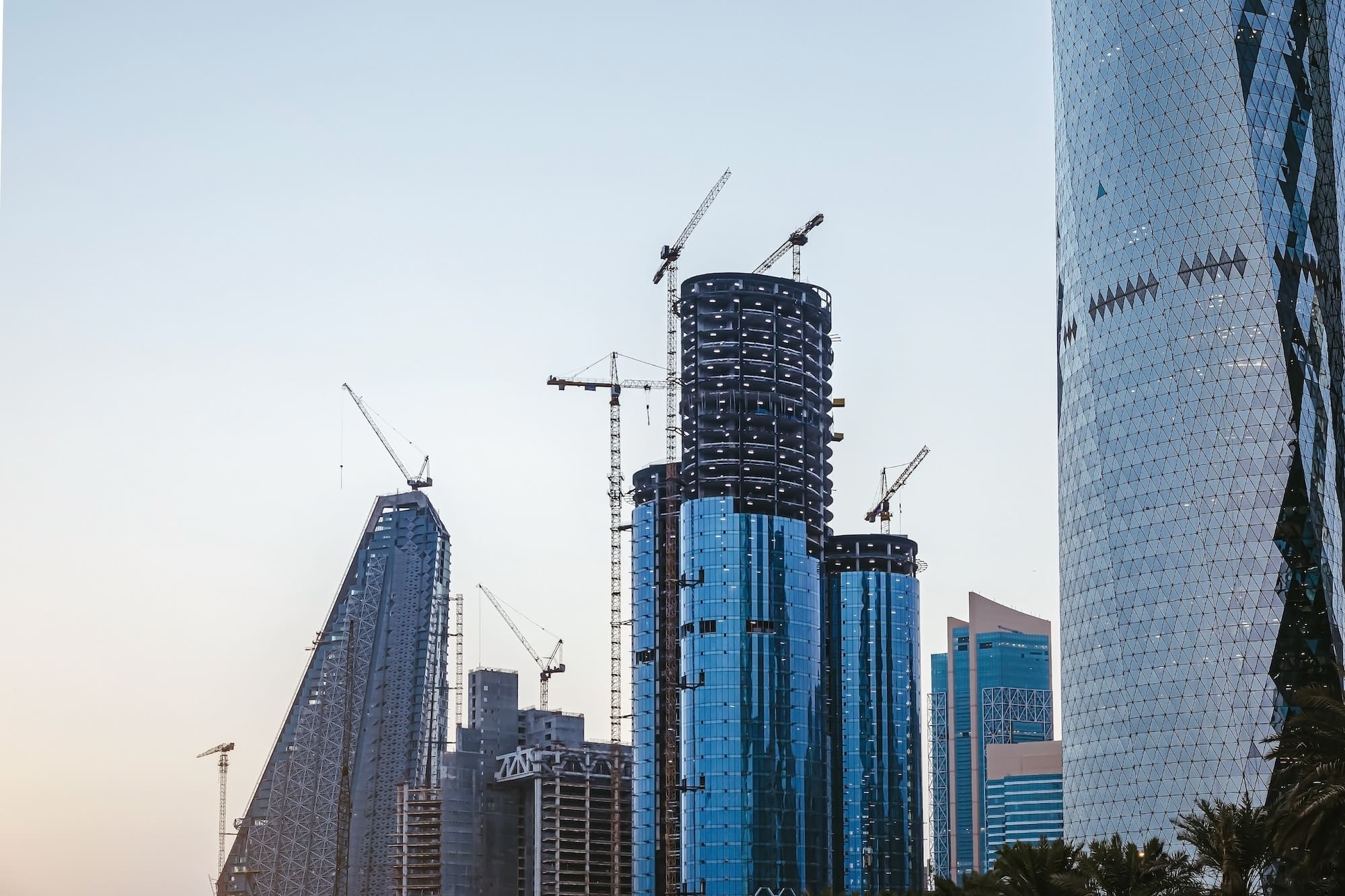Urban land development planning has come a long way in recent years when it comes to addressing the challenges of climate change. As cities around the world grapple with the impacts of rising temperatures, sea levels, and extreme weather events, urban planners are looking for ways to make our cities more resilient to these changes.
One of the key ways that urban land development planning has improved in terms of climate resiliency is through the use of green infrastructure. Green infrastructure refers to the use of natural systems, such as parks, gardens, and green roofs, to manage stormwater and reduce the urban heat island effect. By incorporating green infrastructure into urban development plans, cities can reduce the risk of flooding and heat-related health issues, while also improving air and water quality.
Another way that urban land development planning has improved in terms of climate resiliency is through the use of sustainable transportation options. As cities around the world become more densely populated, it is increasingly important to provide residents with alternatives to driving. By incorporating bike lanes, sidewalks, and public transit into urban development plans, cities can reduce the amount of greenhouse gas emissions from transportation, while also making it easier for residents to get around.
Additionally, urban planners have also started to focus on the use of energy-efficient building designs and renewable energy sources. With rising energy costs and concerns about the environmental impact of fossil fuels, cities are looking for ways to make buildings more energy-efficient and reduce dependence on non-renewable energy sources. By incorporating energy-efficient design principles and renewable energy sources into urban development plans, cities can reduce their overall carbon footprint and become more resilient to the impacts of climate change.
Urban land development planning has also improved by taking into account the potential impact of sea level rise and coastal flooding. Coastal cities are particularly vulnerable to the impacts of climate change, and urban planners are looking for ways to protect these areas from rising sea levels and increased storm surges. By incorporating sea level rise projections into urban development plans and implementing measures such as building elevations and coastal protection, cities can reduce the risk of damage and economic losses from coastal flooding.
Overall, urban land development planning has improved significantly in terms of addressing the challenges of climate change. By incorporating green infrastructure, sustainable transportation options, energy-efficient building designs and renewable energy sources, and sea level rise projections into urban development plans, cities can become more resilient to the impacts of climate change, while also improving the quality of life for residents.





